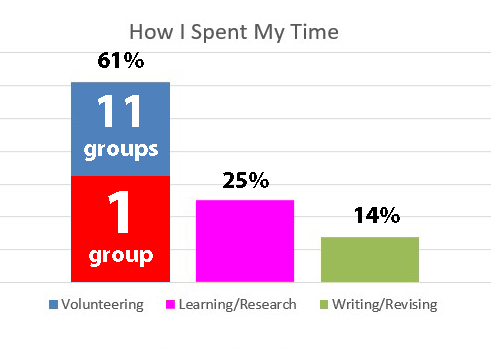Just about all I’ve been doing lately (apart from the two weeks I took off to visit my son’s family down south — where it was already spring) has been to research the history of the mystery. I gave the talk about it last week, and was surprised that my timing was as good as it was. It fit the two-hour time block just great.
I can’t speak to how good the talk was, but several people said they liked it. I know I had fun putting it together.
While I worked on it, and even as I gave the talk, I kept thinking I was covering 100 years of mystery.
But, in fact, I started briefly before Edgar Allan Poe, who introduced us to the amateur detective C. Auguste Dupin in “The Murders in the Rue Morgue” in 1841. But my research convinced me I had to go back much further to set the stage. In fact, one source suggested that without Voltaire, who in 1748 divided people into two categories — those who observe and deduce versus those who intuit conclusions — we wouldn’t have either today’s detectives or mystery stories.
But from 1748, then 1841, and all the way to this year’s Edgar® and Agatha award winners gets us into the 200-year range. No wonder I felt a little rushed.
At any rate, I hope to give a couple more talks about mysteries. I think the first would focus on cozies. Another might just look at women’s contributions to mysteries. There are sooooo many!
Another possibility might include just “locked room” mysteries. Poe is credited with creating them in “The Murder of Marie Roget.” The “locked room” or “closed room mystery is a puzzle based on a crime in a place with no apparent exit, yet somehow the perpetrator manages to sneak in and out, leaving, if not dead bodies at least mayhem in her or his wake.
A French mystery writer, Gaston Leroux’s most famous book isn’t really a mystery. He gave us The Phantom of the Opera. But in his 1907 book, The Mystery of the Yellow Room, Leroux expanded on the notion of the locked-room mystery.
Agatha Christie’s And Then There Were None, set on an isolated island, is a “remote location” mystery, a variation on a locked-room mystery. She also gave us variations in Murder on the Orient Express, Murder in Mesopotamia, and Hercule Poirot’s Christmas.
Gigi Pandian is another devotee of the locked-room mysteries. Her Under Lock and Skeleton Key (2022) is part of her Tempest Raj series of novels.
I might even consider doing a talk about Chicago and the mystery. That could be fun to put together.
À bientôt!








